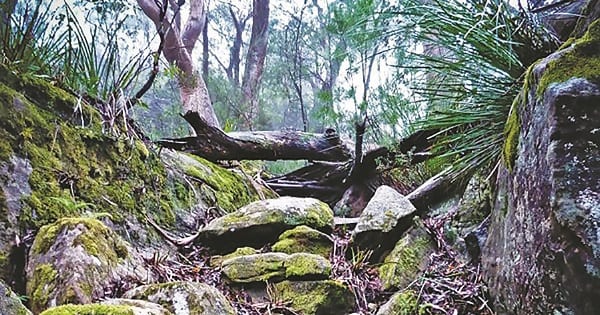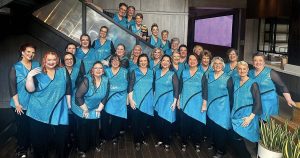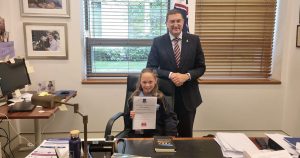BY NICK CHARTORISKY
The most valuable resource for managing properties in fire zones is the HOTSPOTS FIRE PROJECT, a joint program run by the NSW Rural Fire Service and the Nature Conservation Council of NSW.
Recently a group of local residents participated in the Hotspots Fire Project 2 day workshop. The workshop involved education on risk management, fire ecology, environmental impacts and the benefit of a longer term plan for managing fire risk. This was followed by field based exercises and participation in a demonstration burn.
We learned of the benefits of fire and its place in the ecology of the Australian landscape. Carefully planned and timed fires benefit the health of our lands and wildlife as well as protecting our valued assets.
In this workshop, participants were provided a large aerial image of their property and assisted in developing a fire management plan for each of them. It was of immense value to all participants in documenting their assets, prioritising their protection, and developing asset protection zones and other fire protection actions.
It became abundantly clear that fire on the ground could be managed with low risk and maximum benefit for your safety, ecological regeneration and native animals. It also showed us that the burn area doesn’t need to be large to be effective; our demonstration site at a property in Arcadia was only 750 square metres.

The Hotspots Project team from the RFS and NCC, RFS Officers from the Hornsby Ku-ring-gai Fire Control Centre, The Regional RFS Support Group who supplied transport, the RFS Mitigation Crew who put in control lines around the burn site, the local Arcadia and Galston RFS Brigades who provided the group with demonstrations on the how to prepare control lines, support vehicles and backup,
The NSW National Parks and Wildlife Service, Metropolitan LALC Indigenous representatives who provided knowledge and understanding of fire in the landscape, Still Creek Landcare, the Hornsby Hills Koala Project, and above all a Hornsby Shire Council officer who recognised the community desire and need for such a program and who worked for 2 years behind the scenes to have this program delivered for the first time in a metropolitan area.
I cannot stress enough the importance and value of the Hotspots Project. I believe that the effort by our local brigades in assisting with Hotspots Burns will be paid back in the long run when emergencies occur.
If the Hotspots Program is effectively actioned by property owners in fire risk areas, it will provide the first line of defence for the whole community in fire emergencies.
For information on how to get involved with this program go to www.hotspotsfireproject.org.au








